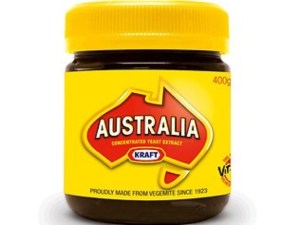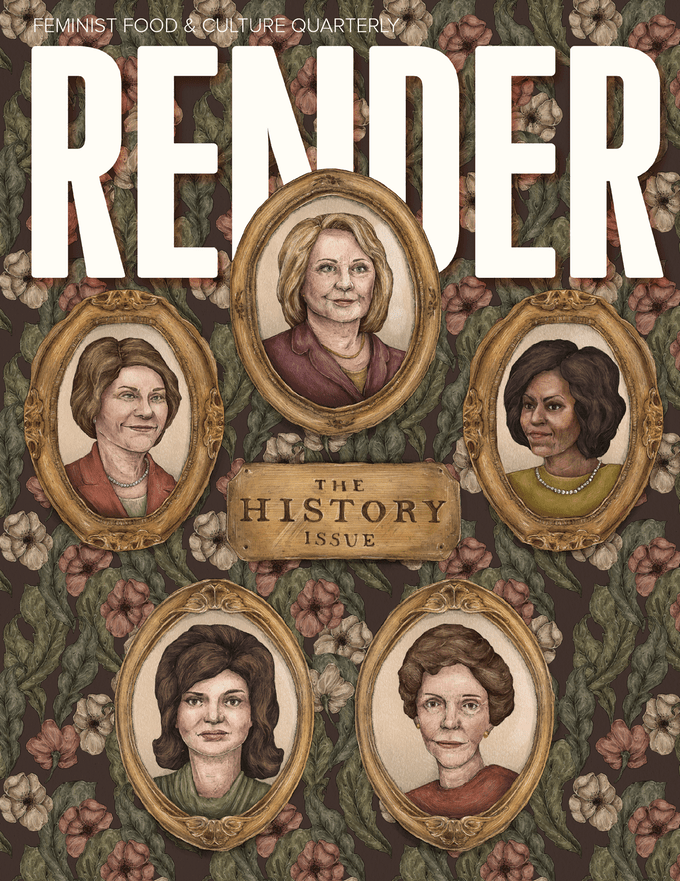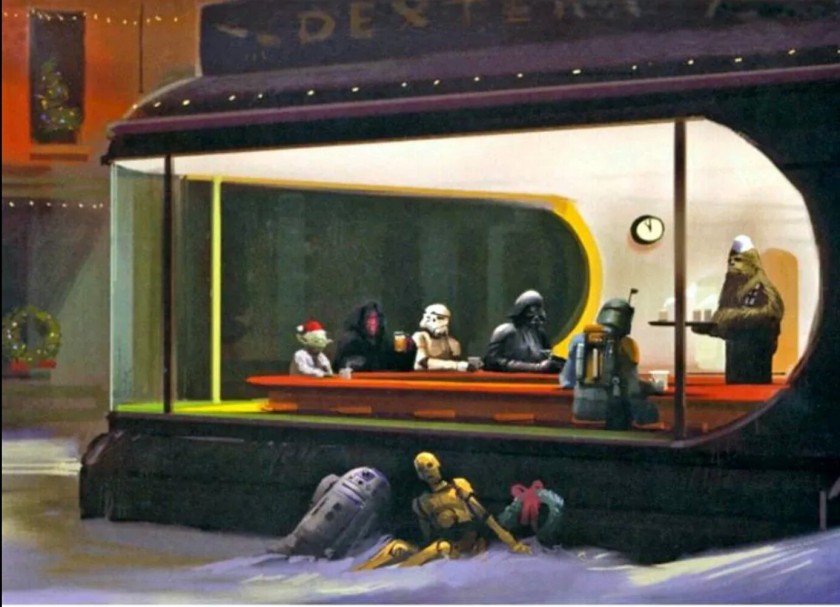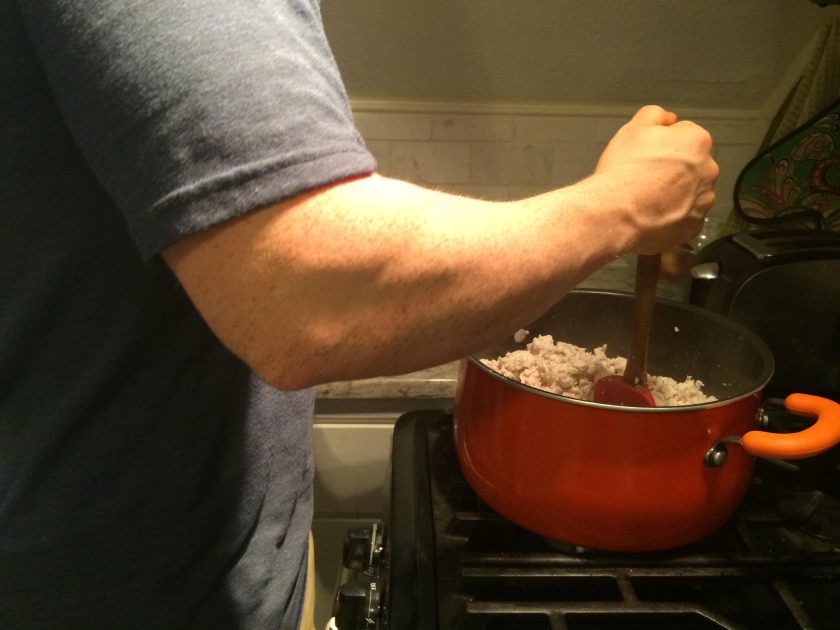Food studies is an ever-expanding field with an increasing number of discipline specific and related peer-reviewed journals. As you seek out the right “home” for your food studies scholarship, consider this list of peer-reviewed publications, organized alphabetically.
Please note that this list was originally compiled in June 2016 and all links were updated in September 2019. The last update was made in June 2021. I endeavor to keep the list up-to-date, adding journals as folks alert me to them, but if you find something amiss, please feel free to comment or send me a note!
Agriculture and Food Security is an open-access journal that addresses global food security with a particular focus on research that may inform more sustainable agriculture and food systems that better address local, regional, national and/or global food and nutritional insecurity. The journal considers contributions across academic disciplines, including agricultural, ecological, environmental, nutritional, and socio-economic sciences, public health, and policy.
Agriculture and Human Values is the journal of the Agriculture, Food, and Human Values Society. The journal publishes interdisciplinary research that critically examines the values, relationships, conflicts, and contradictions within contemporary agricultural and food systems. It also addresses the impact of agricultural and food related institutions, policies, and practices on human populations, the environment, democratic governance, and social equity.
Agroecology and Sustainable Food Systems publishes articles aimed at creating the alternative food systems of the future, such as developing alternatives to the complex problems of resource depletion, environmental degradation, narrowing agrobiodiversity, continued world hunger, consolidation and industrialization of the food system, climate change, and the loss of farm land. The journal publishes interdisciplinary and transdisciplinary articles, as well as book reviews, dialogue (positions, opinions, commentary, and editorials), and topical reviews.
Anthropology of Food is an open access, multilingual (French, English, Spanish and Portuguese), academic webjournal dedicated to food from a social science perspective. Published since 1999, issues are edited by an international network of academics.
Appetite is an international research journal specializing in cultural, social, psychological, sensory, and physiological influences on the selection and intake of foods and drinks. It covers normal and disordered eating and drinking and features studies of both human and non-human animal behaviour toward food. Appetite publishes research reports, reviews and commentaries.
British Food Journal publishes empirical and applied research articles, viewpoint articles, case studies, and reviews related to the food industry. Published for more than a century, the journal publishes on topics including consumer choice and attitudes, marketing and retailing, food-related health education, the food supply and safety, and sustainability.
Canadian Food Studies / La Revue canadienne des études sur l’alimentation is the open-access, online journal of the Canadian Association for Food Studies. Addressing the myriad ways in which humans, food, and the natural and built environments come to construct one another, the journal aims to build a body of voices and material that represents the community, academic, and individual contexts of food studies, with the potential of integrating ideas on transgression, emergence, and transformation.
CuiZine: The Journal of Canadian Food Cultures is an e-journal published in English and French by McGill Library. With a core audience of “readers interested in Canada’s diverse food culture,” research articles precede a veritable feast of food-themed original poetry, animations, cartoons, image-based essays, reminiscences, short studies on iconic Canadian dishes or products, short opinion-editorial pieces, food-related exhibit reviews, and interviews.
Culture, Agriculture, Food and Environment is published two times a year by the Culture and Agriculture Section of the American Anthropological Association. It publishes position papers, discussions of theoretical developments and methods of inquiry, results of empirical research, and book and film reviews. With an interdisciplinary readership, the journal explores the connections between culture and the environment, ecology, agriculture, aquaculture, fisheries, natural resources, energy, water, food, and nutrition, as well as sustainability and biodiversity.
Digest: A Journal of Foodways & Culture, the online journal of the Foodways section of the American Folklore Society, publishes articles, as well as research notes: folklore food-related fieldwork projects or reports that are part of a larger project and not subject to peer review. Digest also serves up an “Amuse-Bouche” section, which includes a variety of shorter pieces, such as creative writing, pieces of fiction, poetry, photographs and photographic essays, recipes, and historical materials, such as prints and menus.
Ecology of Food and Nutrition is an international journal that publishes articles on the ecological, biological, and cultural aspects of food and nutrition. The article content scope is wide, including the relationship between food/nutrition and culture, food taboos and preferences, ecology and political economy of food, the evolution of human nutrition, changes in food habits, food technology and marketing, food and identity, food sustainability, and food, health, and disease.
European Journal of Food, Drink and Society is a critical and interdisciplinary space to discuss and debate contemporary and historical issues of food and drink in everyday life, founded in 2020. It encompasses the fields of sociology, history, cultural studies, geography, anthropology, tourism studies, and culinary arts. The Journal publishes peer-reviewed articles, policy and practice contributions, high quality work related to innovative practice in food studies education, research notes, and solicited book reviews.
Food, Culture & Society is the quarterly, multidisciplinary journal of the Association for the Study of Food and Society and has been published since 1996. The journal explores the complex relationships among food, culture, and society from numerous disciplines in the humanities, social sciences, and sciences, as well as in the world of food beyond the academy.
Food and Foodways is a quarterly, interdisciplinary, and international journal that publishes original scholarly articles on the history and culture of human nourishment. Its scholarship explores the powerful but often subtle ways in which food has shaped and shapes our lives socially, economically, politically, mentally, nutritionally, and morally.
Food & History is the biannual scientific review of the European Institute for the History and Culture of Food in Tours, France. Founded in 2003, it was the first journal in Europe dedicated to food history. It addresses questions of consumption, production, provisioning and distribution, medical aspects, culinary practices, gastronomy, and restaurants. Although most contributions are concerned with European food history, the journal also welcomes articles on other food cultures.
Food Quality and Preference is a journal dedicated to sensory and consumer research in food. It is an official journal of the Sensometric Society and the European Sensory Science Society. Submissions must include some aspect of human measurement. The journal’s coverage includes topics such as food choice studies of cultural, sensory, and environmental factors; studies of how geographical, cultural, and individual differences shape food perception and preference; innovative consumer and market research; and health and wellbeing studies.
Food Policy is a multidisciplinary journal that publishes original research and critical reviews that make a clear contribution to food policy debates of international interest. Relevant issues include: food production, trade, marketing and consumption; nutrition and health aspects of food systems; food needs, entitlements, security and aid; food safety and quality assurance; technological and institutional innovation affecting food systems and access; and environmental sustainability.
Food Security: The Science, Sociology and Economics of Food Production and Access to Food publishes original research papers that take a synthetic view of the science, sociology and economics of food production, agricultural development, access to food, and nutrition, as well as review articles, case studies, and letters to the editor. It is an official publication of the International Society for Plant Pathology.
Food Studies: An Interdisciplinary Journal provides an interdisciplinary forum for the discussion of agricultural, environmental, nutritional, health, social, economic, and cultural perspectives on food. Published since 2011, articles range from broad theoretical and global policy explorations to detailed studies of specific human-physiological, nutritional, and social dynamics of food. (Note: This has been flagged by colleagues as a potential pay-to-publish, i.e. predatory, journal.)
Future of Food: Journal on Food, Agriculture and Society is a multi-disciplinary journal for young practitioners, policy-makers, young scholars, researchers, post graduate students, doctoral students, and post doctoral fellows who are interested in food related themes. Inviting scholarship from natural and social scientists, it is sponsored by The Department of Organic Food Quality and Food Culture at the University of Kassel, Germany and the Federation of German Scientists.
Gastronomica, “The Journal of Critical Food Studies,” builds upon an established history of bridging the divide between academic publishing, foodie-friendly journalism, and high-art aesthetics. Specializing in “translational” work that speaks to multiple audiences, the quarterly-published journal features original research, as well as research briefs, critical commentaries and discussions, reviews of books and films, creative reflections, photo-essays, interviews with key figures in the field, and aesthetic pieces pertaining to food.
Global Food History publishes twice per year original articles covering any period from prehistory to the present and any geographical area, including transnational and world histories of food. Publishing its first issue in 2015, the journal also welcomes articles on teaching food history, archival notes, translations, and other essays that help to build the field by encouraging and disseminating documentation.
Global Food Security publishes papers that contribute to a better understanding of the economic, social, biophysical, technological, and institutional drivers of current and future global food security. It publishes reviews and synthesis articles about research on food availability, access, nutrition, safety, sanitation, stability, and environment.
Graduate Journal of Food Studies is an international student-run journal dedicated to encouraging and promoting interdisciplinary food scholarship at the graduate level. Publishing two digital issues per year since 2014, the journal is a space for promising scholars to showcase their exceptional academic articles and book reviews, as well as features like research and field notes, archival reports, close readings, and photo essays.
Hospitality & Society is an international multidisciplinary social sciences journal focusing upon hospitality and exploring its connections with wider social and cultural processes and structures. Published since 2011, the journal publishes empirical and conceptual research, state-of-the-art reviews, discussion papers, shorter research notes, viewpoints, letters to the editor, book reviews, and reports on conferences. The September 2014 issue was specifically dedicated to food, drink, and hospitality.
International Journal of Food Design is the first academic journal entirely dedicated to food design research and practice, publishing its first issue in 2016. The journal publishes pieces that examine the connections between food and design, both broadly conceived.
International Journal of Sociology of Agriculture and Food covers international issues related to food and agriculture from a social science perspective, including sociology, science and technology studies, human geography, political science, and consumer, management, and environmental studies. It welcomes interdisciplinary approaches to social, cultural, political and environmental aspects of food production and consumption as well as processes of agricultural change.
Journal of Agrarian Change publishes scholarship dedicated to agrarian political economy. It promotes interdisciplinary investigation of the social relations and dynamics of production, property and power in agrarian formations and their processes of change, both historical and contemporary, theoretical and applied.
Journal of Agricultural and Environmental Ethics publishes articles on ethical and moral issues confronting agriculture, food production and environmental concerns, such as the responsibilities of agricultural producers, the assessment of technological changes affecting farm populations, the modification of ecosystems, animal welfare, the use of biotechnology, and the safety, availability, and affordability of food. The journal publishes scientific articles that are relevant to ethical issues, as well as relevant philosophical papers and brief discussion pieces.
Journal of Agriculture and Food Research is a peer-reviewed open access journal focused on research in the agricultural and food sciences. The journal publishes full length research articles, reviews, short communications, perspectives, and commentaries from researchers in academic institutions, international research centers, and public and private research organizations, as well as special issues.
Journal of Agriculture, Food Systems, and Community Development (JAFSCD) is an online, international, peer-reviewed publication focused on the practice and applied research interests of agriculture and food systems development professionals. JAFSCD emphasizes best practices and tools related to the planning, community economic development, and ecological protection of local and regional agriculture and food systems, and works to bridge the interests of practitioners and academics.
Journal of Critical Dietetics serves as an outlet for inquiry and exploration regarding gender, race, class, ability, size, dietetic epistemology, post-structural orientations to dietetic education, art, and poetry in the context of dietetics. The journal is online and open access, but requires registration to access. The journal publishes research articles, as well as editorials, reflexive writing, interviews, commentary, insights, and book reviews.
Journal of Ethnic Foods publishes articles that address food consumption and highlight the roles of tradition, culture, ecology, history, and the environment. A multidisciplinary journal, it engages various methodologies (such as biology, nutrition, epidemiology, ecology and cultural anthropology) and covers myriad geographies. It is open access courtesy of the Korea Food Research Institute.
Journal of International Food & Agribusiness Marketing critically examines marketing issues across the global food business chain by using a systems and cross-cultural/national approach to explain the many facets of food marketing. A managerially oriented publication, it examines contemporary food marketing issues regarding consumers, retailers, wholesalers, processors, assemblers, and agriculture and all articles employ a cross-cultural or transnational approach.
Journal of Peasant Studies was founded in 1973 and fosters inquiry into how agrarian power relations between classes and other social groups are created, understood, contested and transformed in relation to the rural world. It pays special attention to questions of ‘agency’ of marginalized groups in agrarian societies worldwide. The journal publishes articles, special issues, reviews, and Grassroots Voices – views that are written and presented in a non-academic style but provide important insights and information relevant to critical rural development studies.
Local Environment: The International Journal of Justice and Sustainability focuses on sustainability policy and politics in relation to theory, concepts, and empirical studies at the nexus of justice and the environment. It is a forum for the critical examination, evaluation and discussion of environmental, social and economic policies, processes and strategies which will be needed in movement towards social justice and sustainability – “Just Sustainability” – at local, regional, national and global scales.
Locale: The Pacific Journal of Regional Food Studies is an open-access online journal that emphasizes the Pacific (i.e. Australia, New Zealand, the islands of the Pacific, and the Pacific Rim) and on issues or processes at the local or regional level, as well as national and global intersections. It publishes academic articles as well as industry forums, debates, and photo essays.
PPC (Petits Propos Culinaires) is a journal of food studies and food history founded in 1980 that publishes articles on food history as well as book reviews.
Public Understanding of Science is a quarterly international journal covering all aspects of the inter-relationships between science (including technology and medicine) and the public. Topics covered include: popular representations of science, scientific and para-scientific belief systems, science in schools, history of science, education of popular science, science and the media. The journal publishes original research, perspectives, reviews, and annotated bibliographies of recent research in the field.
Renewable Agriculture and Food Systems is a multi-disciplinary journal published by Cambridge Journals which focuses on the science that underpins economically, environmentally, and socially sustainable approaches to agriculture and food production. Formerly the Journal of Alternative Agriculture, the journal publishes original research and review articles, as well as a discussion forum.
Science, Technology & Human Values is an international and interdisciplinary journal that for more than forty years has published research, analyses, and commentary on the development and dynamics of science and technology, including their relationship to politics, society and culture.
Sociologia Ruralis is the journal of the The European Society for Rural Sociology. For 40 years, it has published multi and interdisciplinary social-science research on rural areas and related issues in Europe. It covers a wide range of subjects, ranging from farming, natural resources and food systems to rural communities, rural identities and the restructuring of rurality.
Are there peer-reviewed food studies journals not included on this list? Let me know!
Note: In most cases, these journal descriptions come from the publisher’s home page and are not original prose.
Top Image Credit: Emily Contois, 2015












































































